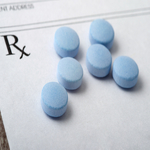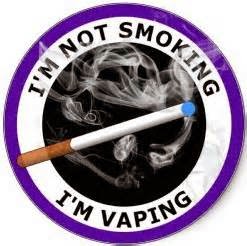It does not matter how someone uses prescription opioids, they can be dangerous and potentially lead to a deadly overdose. However, it could easily be argued that the greatest risk is associated with intravenous (IV) use; opioid addicts will crush their pills, mix the powder with water and inject. In order to combat the use of opioid narcotics in unintended ways, pressure was put on pharmaceutical companies to develop formulations of their painkillers that are harder to abuse – known as abuse-deterrent opioids.
Critics of such efforts argue that harder-to-abuse painkillers are merely a band-aid, and have little effect on the opioid epidemic. While the new formulations are more difficult to use, addicts often find their way around tamper resistors and/or turn heroin as a cheaper, stronger alternative. Nevertheless, such arguments can easily be countered with ‘anything is better than nothing.’
The U.S. Food and Drug Administration (FDA) has a new commissioner who has vowed to support abuse-deterrent opioid efforts, the Associated Press reports. Dr. Robert Califf told a panel of FDA advisers that he is pledging to do “everything possible under our authority to prevent abuse, save lives and treat dependence.”
The new commissioner’s declaration is just one facet of an interagency effort to end the American opioid epidemic. However, Califf made clear that the FDA alone cannot resolve the current crisis, according to the article. Since 2010, Califf’s agency has approved five abuse-deterrent opioids, and there is reportedly another 20 such drugs in development. FDA Commissioner Califf plans to work with outside advisers and he has a comprehensive plan for addressing the prescription opioid scourge, which claims as many as 44 lives per day.
He stated that the agency will add more cautionary warning labels to the opioid narcotics prescribed the most, the article reports. What’s more, the FDA will encourage the safe disposal of unused medications, which will prevent narcotics from ending up in the wrong hands.
“What we can do is work with prescribers, professional associations, patient advocates and state and local partners — essentially the entire country — to encourage safe use and disposal of opioid medications,” said Califf.
If you or a loved one struggles with prescription opioid and/or heroin addiction, please contact Harmony Foundation. We have been helping people break the cycle of addiction for decades, teaching people about the resources needed for a living a life on the road of recovery.




